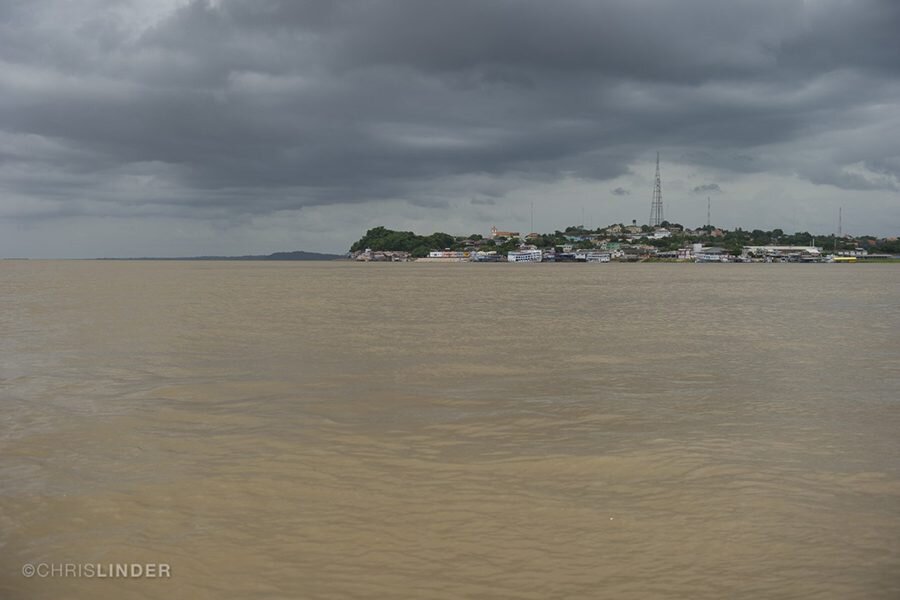#Effects of nanoplastics on Canadian and Guadeloupean oysters

“#Effects of nanoplastics on Canadian and Guadeloupean oysters”

Oysters’ exposure to plastics is concerning, particularly because these materials can accumulate and release metals which are then absorbed by the mollusks. According to a recent study published in the journal Chemosphere, the combined presence of nanoplastics and arsenic affects the biological functions of oysters. This study was conducted by the Institut national de la recherche scientifique (INRS) in Québec City and the French National Centre for Scientific Research (CNRS) at the University of Bordeaux in France.
The international research team chose to study arsenic, since it is one of the most common metals absorbed by the plastic debris collected from the beaches of Guadeloupe. “Oysters easily accumulate metals from the environment into their tissues. We therefore wanted to test whether the combined exposure to nanoplastics and arsenic would increase the bioaccumulation of this contaminant,” reported Marc Lebordais, the Master student in charge of the research.
The scientists proved that the bioaccumulation of arsenic does not increase when nanoplastics are also present. However, it remained higher in the gills of the Canadian Crassostrea virginica oyster than in the Isognomon alatus oyster, found in Guadeloupe. These results are the first to highlight the diverging sensitivity of different species.
Gene deregulation
In addition to bioaccumulation, the team also observed an overexpression of genes responsible for cell death and the number of mitochondria—a cell’s energy centers—in C. virginica. In I. alatus, the expression of these same genes was less significant.
“Evaluating the expression of genes involved in important functions, such as cell death and detoxification, gives us information on the toxicity of nanoplastics and arsenic on a cellular level,” explained the young researcher, who is co-directed by Professors Valérie Langlois of INRS and Magalie Baudrimont of the University of Bordeaux.
The food chain
The next step, after characterizing the presence of nanoplastics and arsenic in oysters, would be to study how these contaminants are transferred through the food chain.
“Analytical tools are currently being developed to quantify the presence of nanoplastics in biological tissues,” said Marc Lebordais. “Understanding the amount of nanoplastics in farmed oysters currently boils down to a technical issue.”
A new method to better study microscopic plastics in the ocean
Marc Lebordais et al, Molecular impacts of dietary exposure to nanoplastics combined with arsenic in Canadian oysters (Crassostrea virginica) and bioaccumulation comparison with Caribbean oysters (Isognomon alatus), Chemosphere (2021). DOI: 10.1016/j.chemosphere.2021.130331
Provided by
Institut national de la recherche scientifique – INRS
Citation:
Effects of nanoplastics on Canadian and Guadeloupean oysters (2021, May 27)
retrieved 28 May 2021
from https://phys.org/news/2021-05-effects-nanoplastics-canadian-guadeloupean-oysters.html
This document is subject to copyright. Apart from any fair dealing for the purpose of private study or research, no
part may be reproduced without the written permission. The content is provided for information purposes only.
If you liked the article, do not forget to share it with your friends. Follow us on Google News too, click on the star and choose us from your favorites.
For forums sites go to Forum.BuradaBiliyorum.Com
If you want to read more Like this articles, you can visit our Science category.


